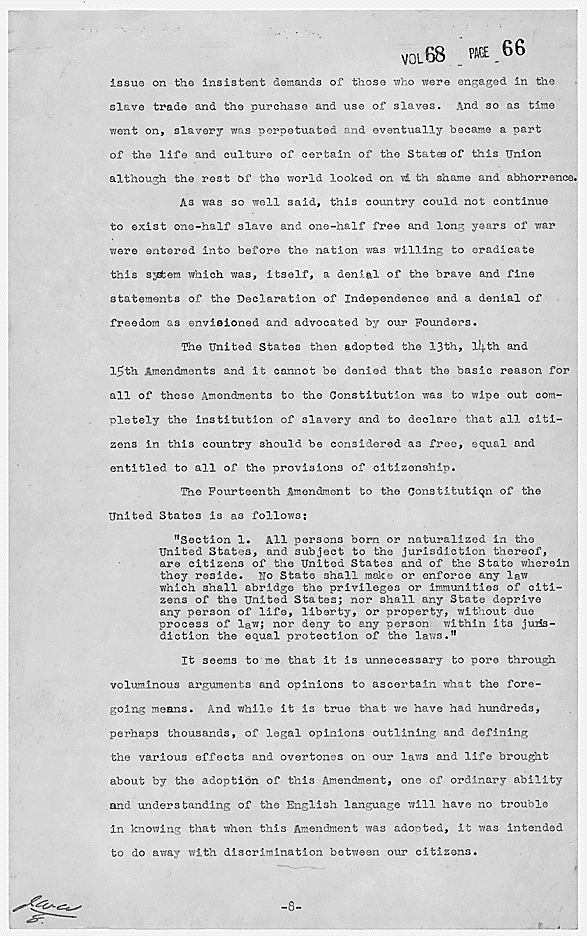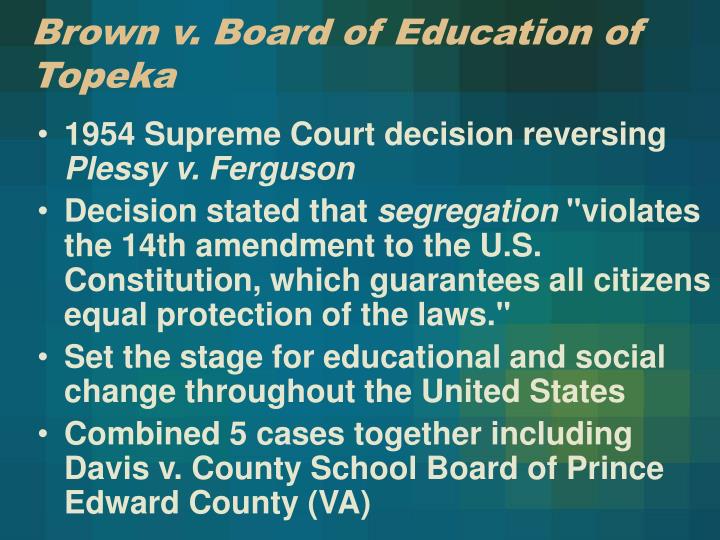
In 1954, the unanimous Supreme Court decision in Brown vs.

The first high school (grades 8-11) for black students was built in Montgomery County in 1927, but 12 th grade wasn’t added until the 1943-44 school year, some 12 years after the rest of the high schools in the county. Prior to 1927, those students who could afford it went to high schools in DC or Frederick, or even further afield. Such improvements, however, were only a fraction of what had been provided the white schools.įor many years, it was illegal for teachers in a black school to instruct pupils in subjects over elementary grade level.

In the late 1940s four larger, central elementary schools, known as “consolidated schools,” were built, leaving just a few of the old one- and two-room schools down-county.

Staff wages were halted, and classes suspended, with little notice and no other excuse than ‘funds were low.’ The academic calendar was months shorter than that of the white schools teacher qualifications were ignored, and the official wage scale was much lower.Ĭonditions began to improve somewhat in the 20 th century, with Rosenwald Fund money used to construct better schools in several places around the county. Churches that hosted neighborhood schools were denied rent. Repairs to crumbling and inadequate buildings were refused, and schools that burned down altogether were ignored for years, with teachers forced to find some other place to hold class. Communities that requested schools were often stalled, and land for schools had to be conveyed to, rather than purchased by, the county. In facilities, supplies, monetary support, wages, term length, and academic standards, black schools lagged far behind, despite the stringent efforts of their communities to achieve equal educational rights.įrom 1872, when Maryland law provided for the construction of public schools for black students, up until the 1940s, the Montgomery County school board resisted the construction and maintenance of black schools. 1912.įor nearly a century, schools for black students in Montgomery County (and indeed most of the country) were denied the benefits provided to their entirely separate, but supposedly “equal,” white counterparts.

Students and staff of the Sharp Street School, Sandy Spring, c. The Board of Education in Montgomery County This is a past exhibit which was displayed at the Beall-Dawson Museum between Aug.


 0 kommentar(er)
0 kommentar(er)
